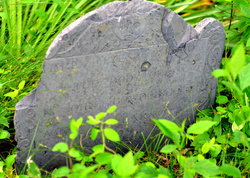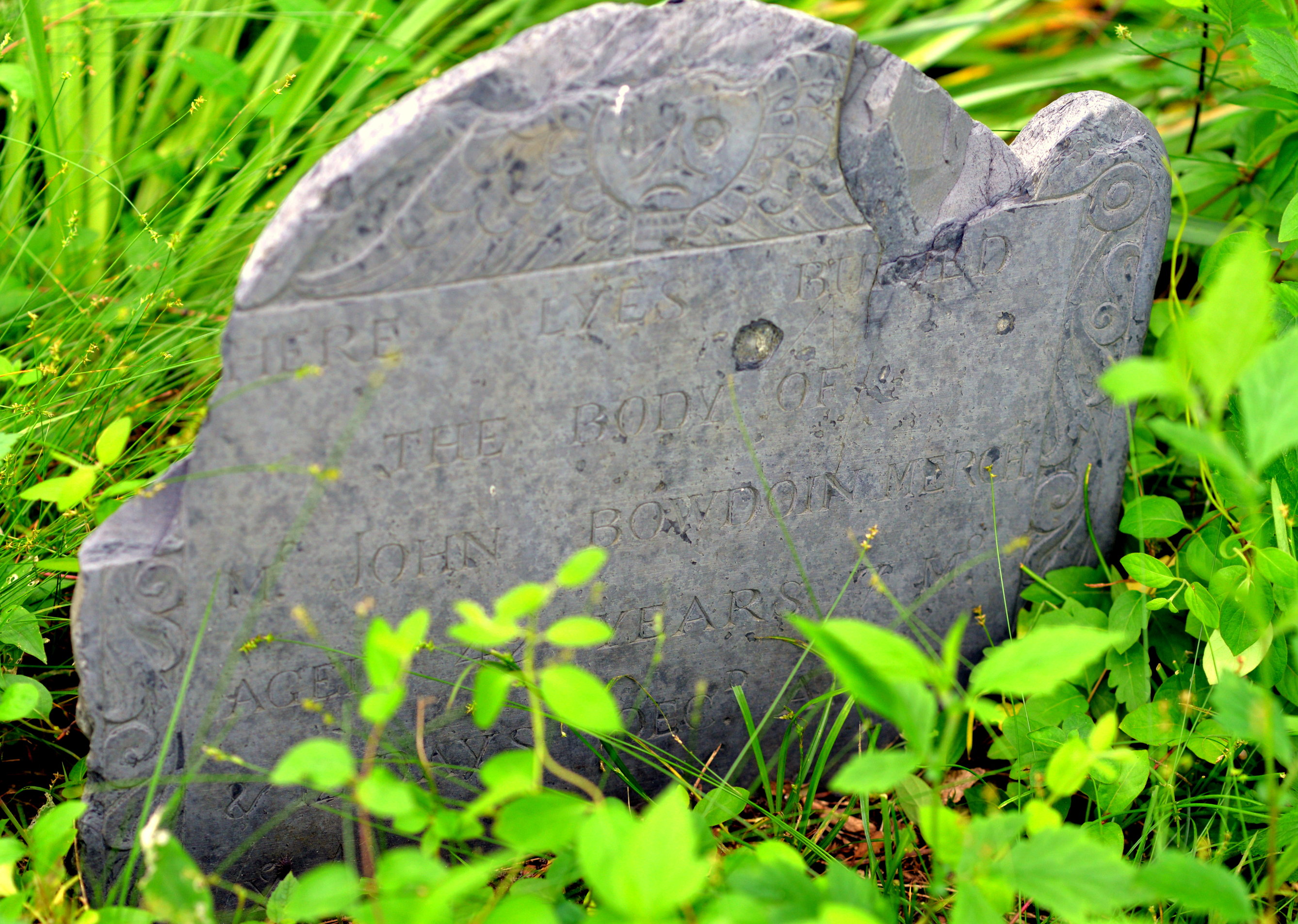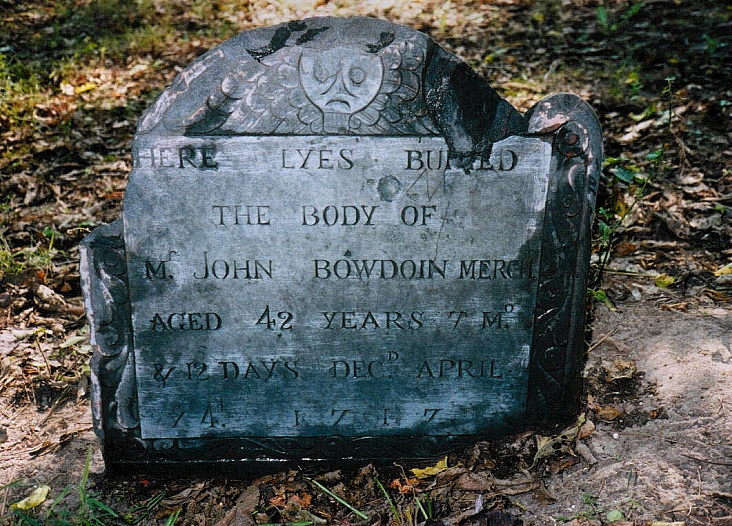Born Jean Jacques Baudouin, John arrived in the colonies at age 12 with his father Pierre, mother Elizabeth, brother James, and sisters Elizabeth and Mary from France (via Ireland) in the later summer of 1686. Pierre became Peter and anglicized their name to Bowdoin, establishing himself as a merchant in Boston.
John settled in the Accomac (now Northampton) County of the Virginia Crown Colony and set up a tobacco plantation at Hungars Parish and maritime trade, buying two ships - the "Northampton" and the "Mary of Boston" - with his brother James, who remained in Boston to handle the money side of the business. By splitting up this way, John had his trusted brother in Boston dealing with the money men.
From this fateful decision, James's direct line remained in New England, with great wealth and influence in Boston and pivotal involvement in the Revolutionary War. The male line was extinct after 4 generations, when the heirless James Bowdoin III used his vast wealth to endow Bowdoin College, in honor of his father Gov. James Bowdoin.
Meanwhile, John's descendants became early settlers of North Carolina, then of Georgia as beneficiaries of the Cherokee Land Lotteries of the 1830s. From there to the early settlement of Alabama.
With the Civil War, John's descendants were deeply involved in the Confederate Army, fighting against a cause which Bowdoin College and alumni (e.g. Harriet Beacher Stowe), ironically, were instrumental in supporting.
With the loss of the war, the southern Bowdoins remained farmers, but more impoverished and less land-owning, with sharecropping becoming the central feature of Bowdoin families livelihoods at the turn of the century. Farming also meant little education and much illiteracy, allowing for inadvertent changes in the spelling of BOWDOIN to BOWDEN for many lines.
JOHN died in 1717 and was buried on his lands in what is now the Riverside Farm neighborhood in Cape Charles on the Eastern Shore of Virginia. His grave is accompanied by three others who's occupants are not yet identified, on private property. They have been visited by his direct descendants and photographed in May 2016. -Curtis Bowden
Born Jean Jacques Baudouin, John arrived in the colonies at age 12 with his father Pierre, mother Elizabeth, brother James, and sisters Elizabeth and Mary from France (via Ireland) in the later summer of 1686. Pierre became Peter and anglicized their name to Bowdoin, establishing himself as a merchant in Boston.
John settled in the Accomac (now Northampton) County of the Virginia Crown Colony and set up a tobacco plantation at Hungars Parish and maritime trade, buying two ships - the "Northampton" and the "Mary of Boston" - with his brother James, who remained in Boston to handle the money side of the business. By splitting up this way, John had his trusted brother in Boston dealing with the money men.
From this fateful decision, James's direct line remained in New England, with great wealth and influence in Boston and pivotal involvement in the Revolutionary War. The male line was extinct after 4 generations, when the heirless James Bowdoin III used his vast wealth to endow Bowdoin College, in honor of his father Gov. James Bowdoin.
Meanwhile, John's descendants became early settlers of North Carolina, then of Georgia as beneficiaries of the Cherokee Land Lotteries of the 1830s. From there to the early settlement of Alabama.
With the Civil War, John's descendants were deeply involved in the Confederate Army, fighting against a cause which Bowdoin College and alumni (e.g. Harriet Beacher Stowe), ironically, were instrumental in supporting.
With the loss of the war, the southern Bowdoins remained farmers, but more impoverished and less land-owning, with sharecropping becoming the central feature of Bowdoin families livelihoods at the turn of the century. Farming also meant little education and much illiteracy, allowing for inadvertent changes in the spelling of BOWDOIN to BOWDEN for many lines.
JOHN died in 1717 and was buried on his lands in what is now the Riverside Farm neighborhood in Cape Charles on the Eastern Shore of Virginia. His grave is accompanied by three others who's occupants are not yet identified, on private property. They have been visited by his direct descendants and photographed in May 2016. -Curtis Bowden
Family Members
Advertisement
Records on Ancestry
Advertisement






